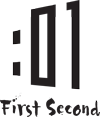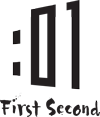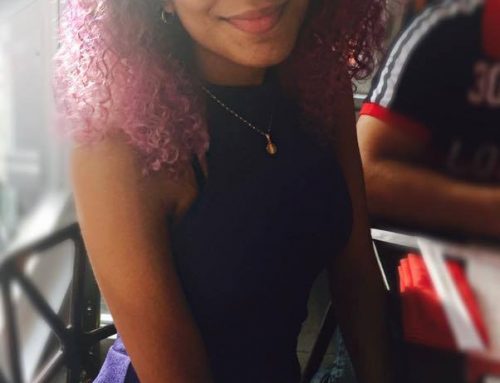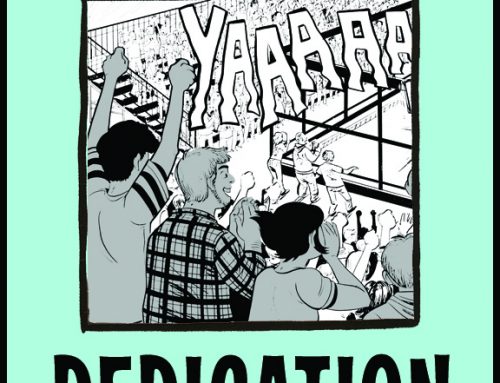test heading
(from the National Library of Ireland on The Commons. We recommend a similar treatment for your own target audience as this target is receiving; skill with a bow and arrow is actually sometime required of all our authors. We do not provide lessons.)
What is a ‘target audience’?
What that term refers to is to the BEST audience for a book. It is not inclusive of all the audiences for the book, just the ones we feel the book is best suited for.
What does that mean? Well, for example!
[Example 1: TARGET AUDIENCE: ADULT]
We just published a graphic novel about mermaids, Mark Siegel’s Sailor Twain. One of the main characters is a mermaid, she spends much of the book not wearing a top while being depicted in a moderately realistic sort of way. This is one of the many reasons why the target audience for Sailor Twain is adult. Not that a perceptive sixteen or seventeen year-old (or even a super-perceptive fourteen year-old) isn’t going to read this book about mid-life creative crises and fall in love with it, but looking at the content, we feel that the ideal reader is going to be the one who has the best relationship with the situations in this book and can best deal with the sensuality of the artwork in an appropriate way.
[Example 2: TARGET AUDIENCE: TEEN]
We’re currently in the middle of serializing Prudence Shen and Faith Erin Hicks’ graphic novel Nothing Can Possibly Go Wrong. It’s about some teenagers who are in high school. They’re dealing with high school politics, relationships with parents who are having a divorce, making friends and keeping friends, and also robots — all things (besides the robots) that are situations particular to the teenage experience. So when we look at this book, we say, ‘the best reader for this book is going to be a teenager.’ Not that I don’t think this book is super-awesome, and not that an eleven year-old wouldn’t be able or eager to read it, and not that I and that eleven year-old shouldn’t read it, but here the reader that’s going to get the most out of this book is someone who’s currently experiencing the same things as the book’s characters.
[Example 3: TARGET AUDIENCE: KIDS AGES 7 – 10]
We all love the First Second Winter 2012 title Giants Beware!, about a girl perpetually thwarted in her desire to fight giants and her probably very unwise reaction to that whole clearly oppressive situation. The main character, Claudette, is pretty young — as is everyone who would feel like wandering off in the forest without any weapons to fight giants with is an appropriate way to solve your problems. Like Sailor Twain is a book for ADULTS and Nothing Can Possibly Go Wrong is a book for TEENS, Giants Beware! is clearly a book for KIDS.
But! It turns out that kids are a trickier group of people to establish target audiences with — because they require additional specificity. Just think back to the time that you were two or three. Were you reading the same books that you were when you were twelve? Probably not! (I mean, when you were two, you were probably eating books instead of reading them.)
Even ages closer together than two and twelve are marked by huge gaps in reading comprehension — probably when you were five, you were reading The Very Hungry Caterpillar (a heavily illustrated/minimal text picture book), but when you were seven, you were reading Amelia Bedelia (an early chapter book with very large font and lots of illustrations that was maybe sixty pages long), and then at ten you were reading Goosebumps (a middle grade novel with no illustrations maybe a hundred pages long in a regular-sized font).
So when we’re trying to figure out who the target audience is for a book with protagonists younger than high school, we think: ‘Is this book for kids just starting to read on their own?’ ‘Are the characters in a specific school grade or said to be a specific age in the story?’ ‘Is this a book kids are going to be able to read only with their parents help?’ and all sorts of helpful questions like that to determine what age reader the story is for. And we examine the content carefully so that we’re not saying something like, ‘this book in which the mother is depicted dying a terrible, painful death of cancer is perfect for you, three-year-old reader!’
So when we published Giants Beware!, we said, ‘these characters are pretty young — definitely in grade school’ and ‘the situations everyone gets into are definitely too nerve-wracking for five year-olds to deal with without help (because, giant river monsters!)’ and ‘also probably the vocabulary and amount of panels per page is going to be difficult for someone to really parse until they’re out of kindergarten and about in third grade’ and ‘this book isn’t really a complicated issues book that requires a reader to be older than twelve’ and ‘these characters definitely aren’t middle-school age’ so we ended up with the target audience of KIDS 7 – 10.
Of course kids’ reading skills and development levels are going to vary pretty widely across the very broad category of ‘kids in the US and Canada and the UK.’ So of course some younger kids and some older kids are going to be able to read this and enjoy it, but 7 – 10 is our best guess at the audience by standard reading levels and the US’s education system.
Why does a book need a target audience?
We sell a whole lot of books to bookstores and libraries, places where books are broken out into age-related categories when they’re shelved. So everything isn’t just in a giant category labeled ‘BOOKS,’ but there’s a different section for teen and for non-fiction and for adult and for kids (and even more categories besides!). We don’t want to be the publishers who send books to the bookstore and they’re like, ‘we can’t tell whether to shelve these in the kids section or the adult non-fiction section — maybe we’ll just flip a coin!’ Because probably one of those audiences is going to appreciate that book more — and we want to be the ones making that decision for them, or at least making that decision easier for them!
There are also a number of editorial decisions that need to be made in regards to a target audience — not only the content of the book but the flap copy we write and the cover we design. Should The Silence of Our Friends (an adult book which features a pre-teen protagonist) have flap copy that reads something like, ‘When young Mark moved to a new neighborhood, he didn’t realize that along with a new school and making new friends, he was also going to have to confront a new attitude about RACISM!’ Or should have broader copy that’s like, ‘A dramatic fictionalized history of all-too-real events that were part of the United States’ civil rights struggle’?
But the target audience also influences the editorial process as well — it’s a factor we think about especially when presenting books for kids and teenagers. When we’re looking at those manuscripts, we say, ‘is this vocabulary appropriate?’ ‘is it readable by children in this age group?’ ‘are the situations and issues presented here comprehensible to kids this age?’ ‘are the issues discussed in a way accessible and relateable to the people who will be reading the book?’ These are issues we think about even in books for adults, where sometimes the vocabulary, subjects, or math/science content needs to be scaled down (or up) based on the comprehension of the average adult reader.
Do authors need to know exactly what their target audience is before submitting us a manuscript?
Well.
It’s typically a good idea to have some thoughts about target audience before you submit a manuscript. If you’re in the middle of writing something and you’re not sure whether it’s a serious non-fiction project aimed at adults or at three year-olds, probably something pretty strange is going on with your brain.
At the same time, we’ve definitely had people pitch books to us and be like, ‘I think this is for people in elementary school,’ and then we’ve bought the books and been like, ‘we like this project very much, but it’s actually for middle-school and not elementary school at all.’
I think that kids’ books are where authors get the most hung up on target audiences, because there are some specific conventions that attach themselves to teen novels or to beginning readers or to early chapter books or what-have-you. As people immersed in the publishing industry 24/7 who have target audiences categorization modules at the front of our brains all the time, we at First Second definitely recommend that if you’re sitting at a table with your pen and a blank sheet of paper going, ‘I’m going to write a great teen novel!’ that the first thing you do is put down your pen and go read some teen novels and then interact with some teenagers.
That doesn’t mean that if we get a great proposal that’s like, ‘here’s my amazing adult book about a kid who goes to high school and deals with falling in love for the first time while also managing schoolwork and after-school activities!’ we will therefore come down on this authors’ head like a sack of bricks and be like, ‘this is actually an amazing teen book, not an amazing adult book — because you didn’t know that, we refuse to buy your book!’ The only situation I can think of offhand where this might actually be a problem is if we feel a book is a teen book and the author feels it’s an adult book and says, ‘I refuse for this to be published as a teen book; I hate teenagers and don’t want to speak to them ever,’ at which point we may be like, ‘we’re confused by you and your presumptively-teen book, but thanks for the effort.’
Target audience bullseye!






[…] Time Marketing Your Book To The Wrong Readers? Finding a Target Audience for Your Book in 3 Steps Target Audiences by Gina Gagliano Writers: 5 Tips on How to Identify Your Target Audience by Joanna Penn Writing For Your […]
An additional consideration: kids often like to “read up,” meaning they like to read about kids who are slightly older than they are, especially girls.